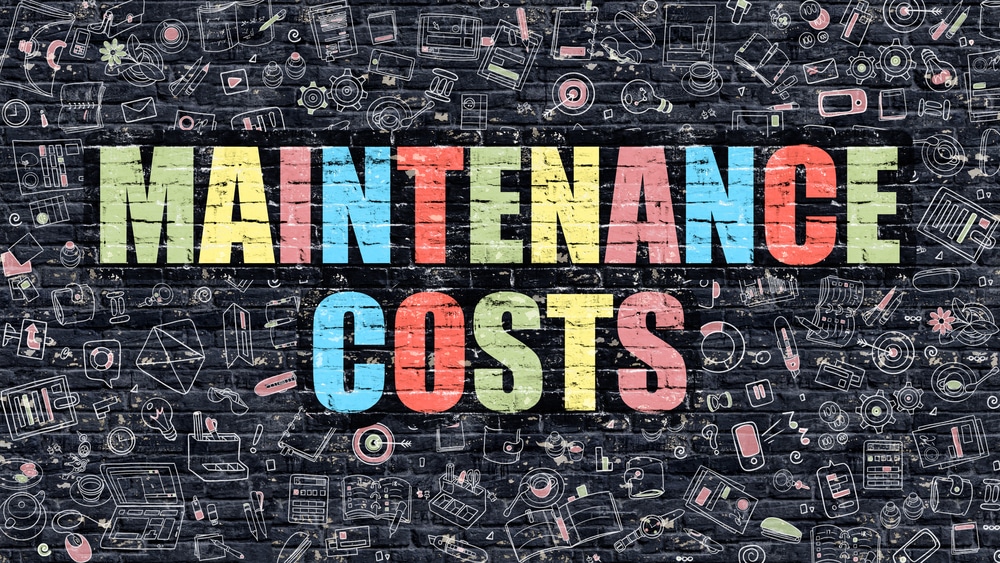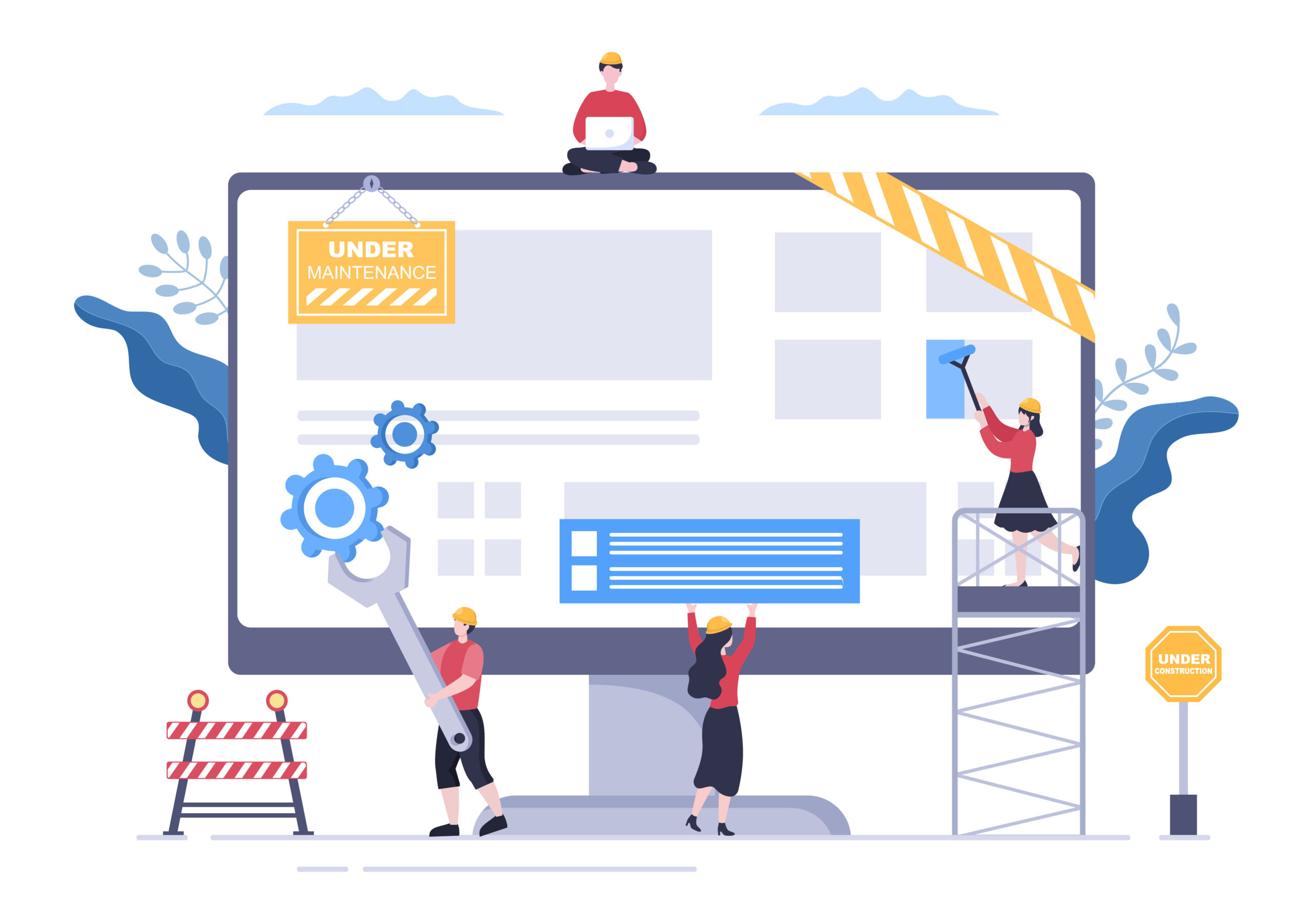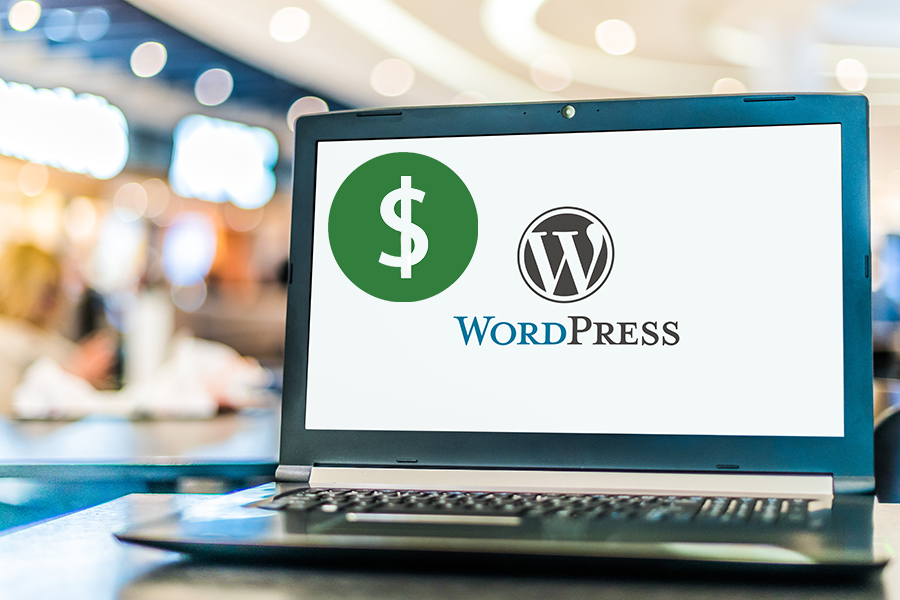
WordPress website maintenance costs are lower than you might think, but you need to invest more than just money into running a website. Time is one of the most valuable commodities for your organization, and unless you have one tiny website with minimal traffic, maintenance is all-consuming. If you divert your time — or that of a high-performing employee — to this task, you’re diverting expensive attention away from other tasks.
It might cost more on paper to hire an agency, but when you factor in the time you or another member of the team would spend on this essential function, outsourcing is more viable in the long term. As you weigh your options, consider that you’re investing in the expertise of an entire team rather than relying on yourself to find all the answers while simultaneously trying to run your business. Read on for a breakdown of monthly website maintenance tasks and costs.
What Is WordPress Website Maintenance?
Just like a property or car, your website requires maintenance to ensure it’s running smoothly. With enterprises investing more in their digital presence than ever before, it’s crucial that your company keeps its web pages in perfect order to stay relevant. If your website contains broken links, outdated information and clunky themes, it’ll quickly slide down the Google search engine results pages. Not only that, but customers are likely to bounce quickly if a website seems subpar.
On-point web maintenance is one of the best ways to increase conversions and improve the overall customer experience. This results in a better reputation and ultimately, more revenue. Don’t make the mistake of budgeting for hosting, domains, security and advanced plug-ins and themes without considering the ongoing costs associated with keeping your site up to date. After all, it’s the virtual storefront for your business.
Although you could take this job on yourself, it will divert your attention from other areas of running your business that require your specific skill set. When you outsource, you’re investing in the specialized skill set of a group of WordPress experts.
Benefits of Website Maintenance Plans
There’s no avoiding WordPress maintenance costs — even if you do it yourself. However, enlisting the assistance of an agency can help you get the best ROI. Here are some of the gains you can make with an expert support team:
- Hiring a specialized company is more cost-effective than hiring one person to do the job.
- You won’t need to purchase hardware, software, or licenses to perform specific tasks.
- Webmasters work from a remote location, so you save office space.
- You save time and money by being able to focus on your own tasks with confidence that the website is in hand.
- Security, performance, uptime, and SEO will be monitored and optimized — with changes made as soon as they’re needed.
- You and your team won’t have to go through the lengthy and painful learning process for each maintenance task.
- Best of all — your slick, highly visible website attracts more leads and nurtures more conversions.
Monthly Website Maintenance Checklist
To give you an idea of how grueling the process of a monthly checkup on your WordPress site is, here’s a checklist that shows you everything you’d need to do. We’ll also indicate whether there’s a cost associated with the task.
Uptime
When you run a business using WordPress, uptime is non-negotiable. You can get access to free uptime monitoring tools, but they usually offer only the most basic functions. That means advanced features, such as SMS messages to notify you of issues, won’t be included. You’d need to factor in the fee of an upgraded service, like iThemes or Pingdom, if you choose the DIY approach to WordPress.
Updates
You need to update the WordPress core, plug-ins, and your theme on a monthly basis. That said, they don’t land on your dashboard on a predictable basis. You can automate them using a plug-in, but be careful if you choose this option. If there’s a conflict with other software or an issue with the code, you could face downtime or a security breach.
The safest way to perform this task is also the most time-consuming — manually. While the only cost of updating manually is time, you’re looking at around an hour each month.
Backups
Backups are one of the cheapest and simplest aspects of WordPress website maintenance. You can usually set these up once at no cost and not worry about them unless a system restore is required.
Analytics
When using WordPress, you can gain incredible insights using Google Analytics. This helps you to assess what works and what doesn’t, in view of optimizing web pages and increasing conversions. It can be time-consuming, and it requires a high level of understanding. You can expect to spend an hour or two each month getting the most out of analytics.
Security
Cybersecurity is just as important as the locks on your doors and windows. Criminals can use various schemes such as deploying malware and DDoS attacks to compromise your business and cause serious damage.
You can install security plug-ins and malware scanners, but it’s not usually possible to schedule them in for free. As such. you’ll either pay to manually run the malware scan and perform other security tasks (one hour at least) or to upgrade to a premium plug-in to handle it for you.
Visual Optimization
You’ll need to check that your website is optimized for all web browsers, including Explorer, Firefox, Chrome, and Safari. Additionally, in today’s digital world, it’s crucial that your site is optimized for mobile and tablet devices. This is time-consuming — around 30 minutes to one hour — but must be done on a monthly basis.
Broken Links and Unnecessary Files
Broken links and website clutter can hide vulnerabilities. You’ll need to scout for broken links and search for unnecessary files, plug-ins, and themes in your WP-content folder. Provided you do this every month, it shouldn’t take more than 15 minutes. But as we all know — time is money.
Database Management
You can optimize your database using plug-ins such as Optimize Database and WP-Optimize or multi-management site tools. This shouldn’t take more than 15 minutes each month.
Speed Optimization
Slow websites make you drop down search rankings and cost customers. You’ll need to run a tool every month, at least, to make sure all pages take less than five seconds to load. This can take up to an hour using a plug-in such as Google PageSpeed Insights.
Theme, Template, and Plug-In Analysis
You need to constantly look out for plug-ins that will enhance the customer experience and increase conversions. Additionally, you should regularly analyze templates and themes to make sure you’re getting the most out of your site. This should take around 30 minutes each month.
Impartial Review
Something you can’t do yourself is to provide an impartial analysis of your website. You might be the most objective person in the world, but you’ll still be blind to certain aspects of your site, simply because you look at it all day.
WordPress Website Maintenance Costs
As you can see, you can expect to spend around five to six hours each month on maintaining your website. If you opt for the DIY approach, you’ll need to invest between $30 and $200 each month for automated plug-ins and security checks. Customized WordPress sites are significantly more expensive to run. DIY might be feasible if you’re a very small business with just one website.
However, if you operate in more than one language, have e-commerce pages or have more than one site, it’s simply not viable. Surprisingly, the monthly costs are similar for hiring an agency as they would be for maintaining one WordPress website per month.


